NASA has recently announced its selection of the 2024 Phase I awardees for the NASA Innovative Advanced Concepts (NIAC) program, a platform designed to fund groundbreaking ideas that have the potential to revolutionize future agency missions and benefit humanity as a whole. These 13 selected concepts span a wide range, from exploring low Earth orbit to venturing into the far reaches of interstellar space, and are the brainchildren of various companies and institutions across the United States.
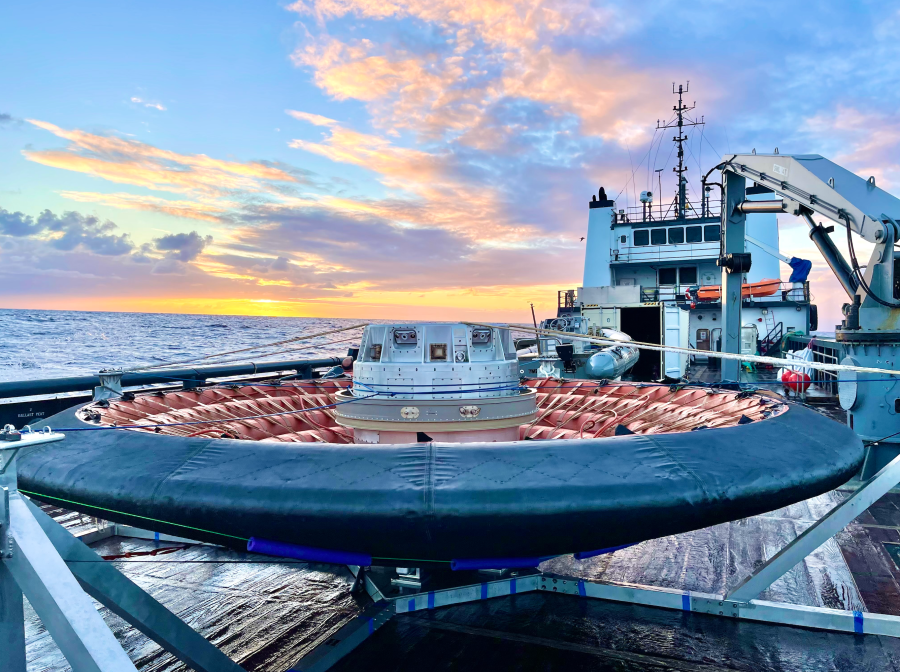
The NIAC program plays a pivotal role in nurturing pioneering ideas by providing funding for early-stage technology concept studies. These studies lay the groundwork for future consideration and potential commercialization, with a combined award cap of $175,000 in grants allocated to assess technologies that could shape the landscape of tomorrow’s space missions.
NASA Associate Administrator Jim Free emphasized the critical role of NIAC in inspiring and initiating daring missions for the benefit of humanity. He pointed out that several successful NASA endeavours, such as the Ingenuity helicopter on Mars and instruments on the MarCO deep space CubeSats, trace their origins back to NIAC, underscoring the program’s ability to transform creative ideas into mission success.
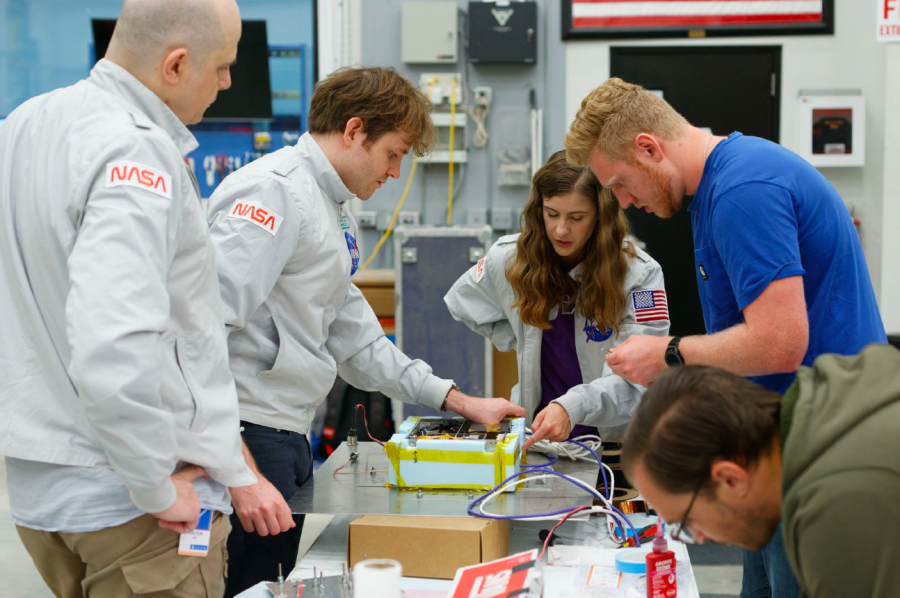
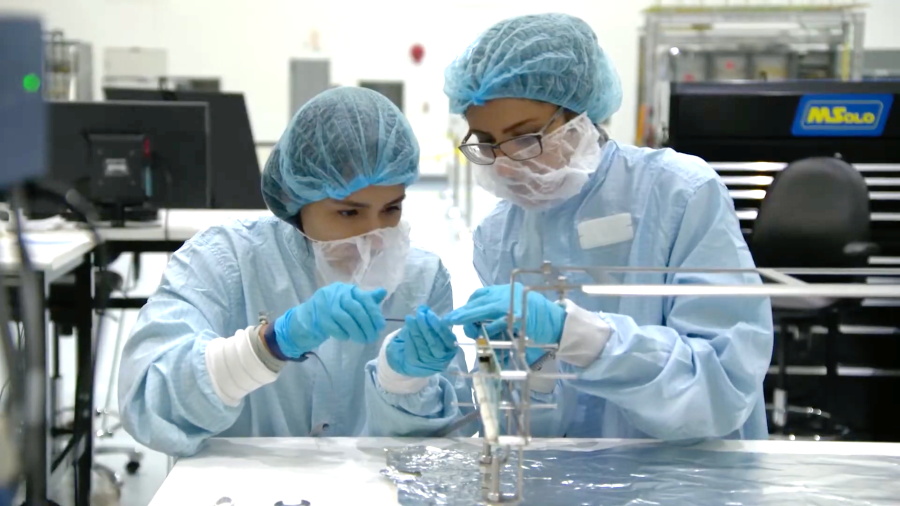
The selected concepts for 2024 encompass a diverse array of possibilities, including a sample return mission from the surface of Venus, fixed-wing flight on Mars, and a swarm of probes travelling across interstellar space. It’s essential to note that all NIAC studies are in the early stages of conceptual development and are not yet considered official NASA missions.
Among the innovative proposals, Ge-Cheng Zha of Coflow Jet LLC in Florida has suggested the creation of the first fixed-wing, electric vertical takeoff, and landing craft on Mars. Dubbed “MAGGIE,” this vehicle could significantly extend humanity’s ability to explore and conduct scientific research on the Red Planet.
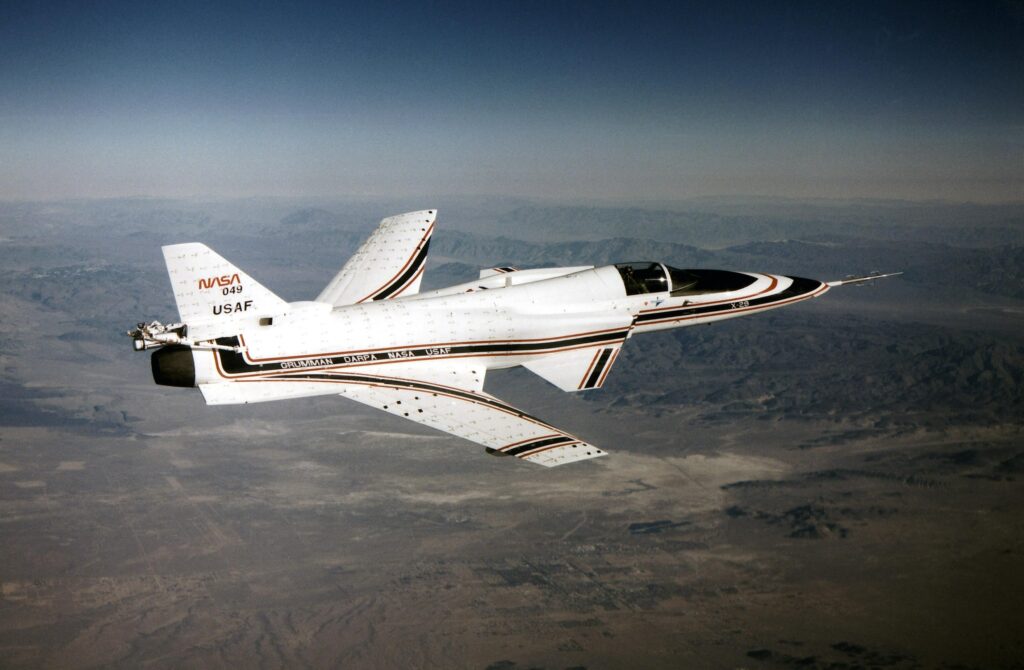
Thomas Eubanks, from Space Initiatives Inc. in Florida, envisions a swarm of tiny spacecraft travelling to Proxima Centauri within this century. These spacecraft would use a novel laser sailcraft and laser communications to send back valuable data about the Sun’s nearest interstellar neighbour.
Geoff Landis, based at NASA’s Glenn Research Center in Cleveland, proposed a spacecraft equipped not only to survive the harsh environment of Venus but also to return a sample from its surface. This mission relies on cutting-edge high-temperature technology and solar aircraft innovations.
Mike LaPointe, NIAC program executive at NASA Headquarters in Washington, highlighted the diversity of this year’s Phase I projects, ranging from quantum sensors observing Earth’s atmosphere to a coordinated swarm of spacecraft communicating from the next star. He emphasized that these awards underscore NASA’s commitment to pushing the boundaries of what is possible in space exploration.

With their NIAC grants, the selected researchers, known as fellows, will delve into the fundamental premises of their concepts. They will map out necessary technology development, identify potential challenges, and explore opportunities to bring these visionary concepts to life. As these innovative ideas evolve, they hold the promise of shaping the future landscape of space exploration and expanding our understanding of the cosmos.
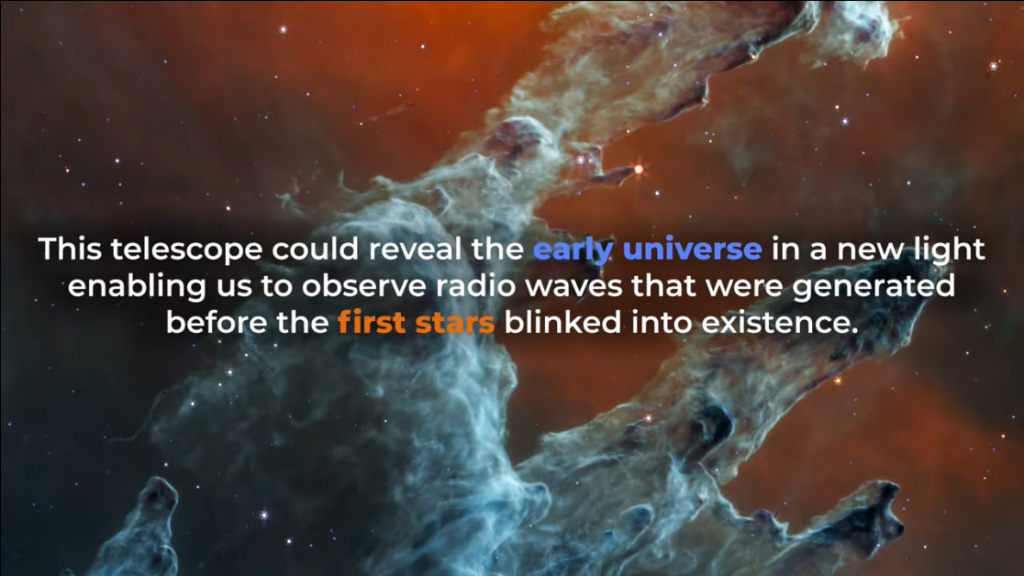
In addition to the projects mentioned above, the other selectees to receive 2024 NIAC Phase I grants are:
- Steven Benner, Foundation for Applied Molecular Evolution, Florida: Add-on to Large-scale Water Mining Operations on Mars to Screen for Introduced and Alien Life
- James Bickford, Charles Stark Draper Laboratory, Massachusetts: Thin Film Isotope Nuclear Engine Rocket
- Peter Cabauy, City Labs, Inc., Florida: Autonomous Tritium Micropowered Sensors
- Kenneth Carpenter, NASA’s Goddard Space Flight Center, Greenbelt, Maryland: A Lunar Long-Baseline Optical Imaging Interferometer: Artemis-enabled Stellar Image
- Matthew McQuinn, University of Washington, Seattle: Solar System-Scale VLBI to Dramatically Improve Cosmological Distance Measurements
- Aaswath Pattabhi Raman, University of California, Los Angeles: Electro-Luminescently Cooled Zero-Boil-Off Propellant Depots Enabling Crewed Exploration of Mars
- Alvaro Romeo-Calvo, Georgia Tech Research Corporation, Atlanta: Magnetohydrodynamic Drive for Hydrogen and Oxygen Production in Mars Transfer
- Lynn Rothschild, NASA’s Ames Research Center, California’s Silicon Valley: Detoxifying Mars: The Biocatalytic Elimination of Omnipresent Perchlorates
- Ryan Sprenger, Fauna Bio Inc., California: A revolutionary approach to interplanetary space travel: Studying Torpor in Animals for Space-health in Humans
- Beijia Zhang, MIT’s Lincoln Lab, Massachusetts: LIFA: Lightweight Fiber-based Antenna for Small Sat-Compatible Radiometry








